Harald Hardrada, also known as Harald III Sigurdsson, was the last great Viking king of Norway. He was a fearless warrior who had traveled as far as Iraq and Sicily before attempting to seize the English throne in 1066.
Hardrada’s actions positioned him as the archetype of what a Viking king was, and his death at Stamford Bridge marked the end of an era.
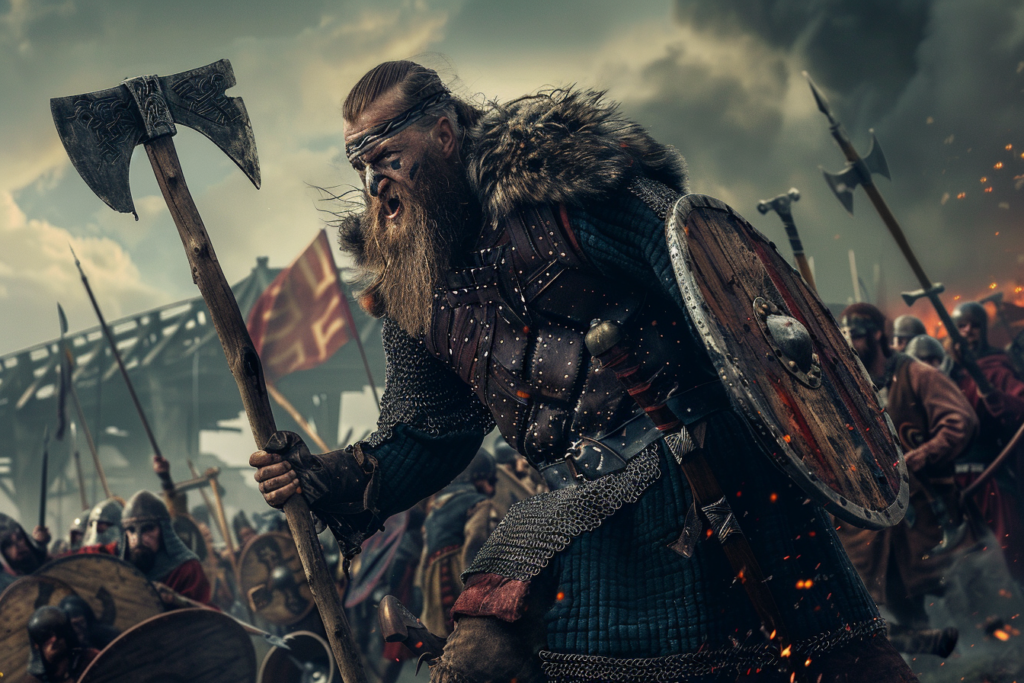
The Battle of Stamford Bridge was fought on September 25, 1066, between the forces of King Harold Godwinson of England and the invading army of Harald Hardrada.
Hardrada’s army was composed of thousands of troops deployed on hundreds of Viking longships.
The battle was fierce, and both sides suffered heavy casualties, but ultimately, King Harold emerged victorious. Hardrada fought to the death, refusing to surrender and die as a coward.
The Last Stand of a Viking King – How Harald Hardrada Fought to the Death at Stamford Bridge is a story of bravery, honor, and the end of an era.
Hardrada’s legacy lives on as a symbol of Viking strength and determination, and his death at Stamford Bridge marked the end of Viking dominance in Europe.
This article will explore the battle in detail, examining the tactics used by both sides and the events that led up to the final confrontation.
The Prelude to Battle
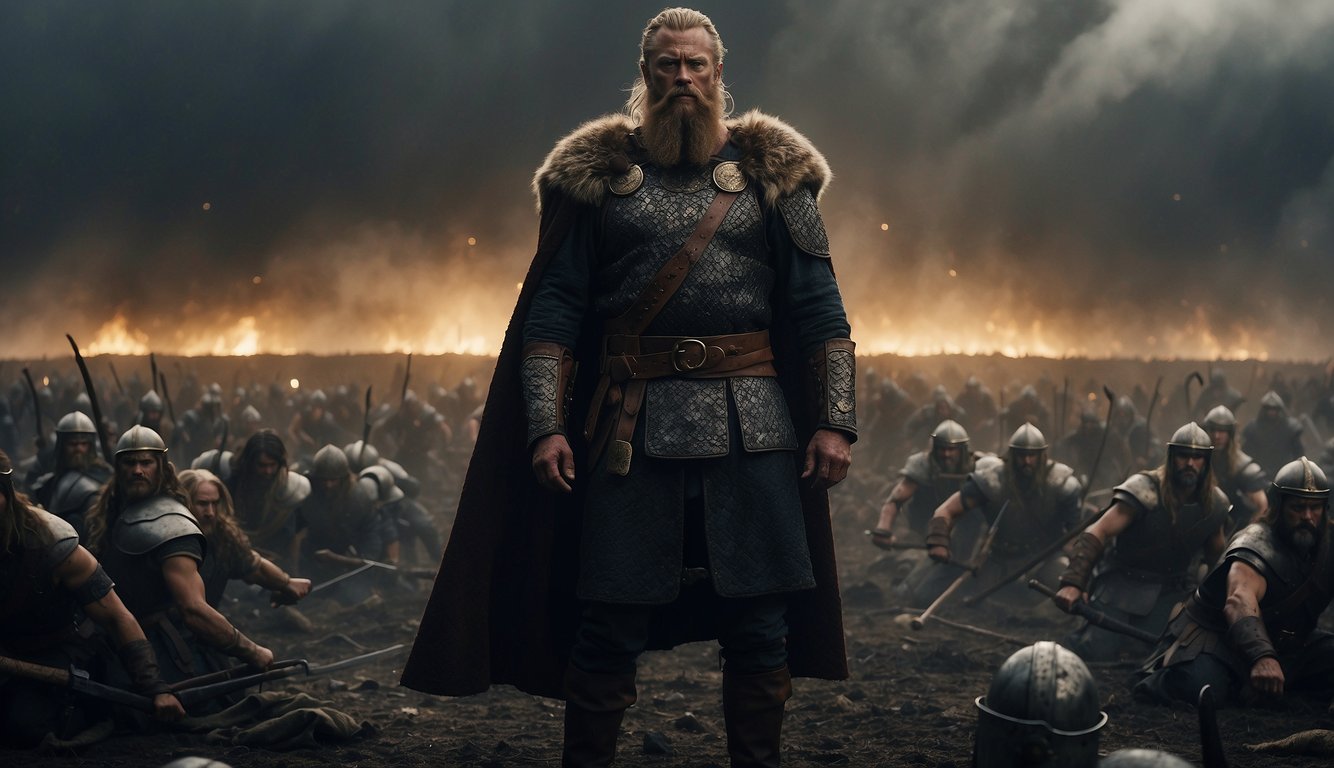
Harald Hardrada: The Last Viking King
Harald Sigurdsson, also known as Harald Hardrada, was a legendary Viking warrior and ruler who became King of Norway in 1047.
He was a member of the Varangian Guard, a group of elite warriors who served as the personal bodyguards of the Byzantine Emperor.
Harald was a veteran of many battles and had a reputation as a fierce warrior.
The Political Landscape of 1066
In 1066, England was ruled by King Edward the Confessor, who had no children and was nearing the end of his life.
The question of who would succeed him was a matter of great concern to the English nobility.
There were several claimants to the throne, including Harold Godwinson, the Earl of Wessex, and William, Duke of Normandy.
The Norse Invasion of England
In the summer of 1066, Harald Hardrada and his army of Norwegian Vikings invaded England.
They were aided by Tostig, the exiled brother of Harold Godwinson, who had been driven out of England by his own people.
The Vikings landed in the north of England and quickly defeated the English army at the Battle of Fulford.
Harald Hardrada and Tostig then marched south to York, where they were met by the English army under the command of Morcar, the Earl of Northumbria.
The two sides clashed in a fierce battle at Stamford Bridge in September 1066.
The Norsemen fought bravely, but they were eventually defeated by the English.
Harald Hardrada was killed in the battle, along with many of his men. The Viking Age had come to an end, and England was now vulnerable to the Norman Invasion that would take place just a few weeks later.
The Clash at Stamford Bridge
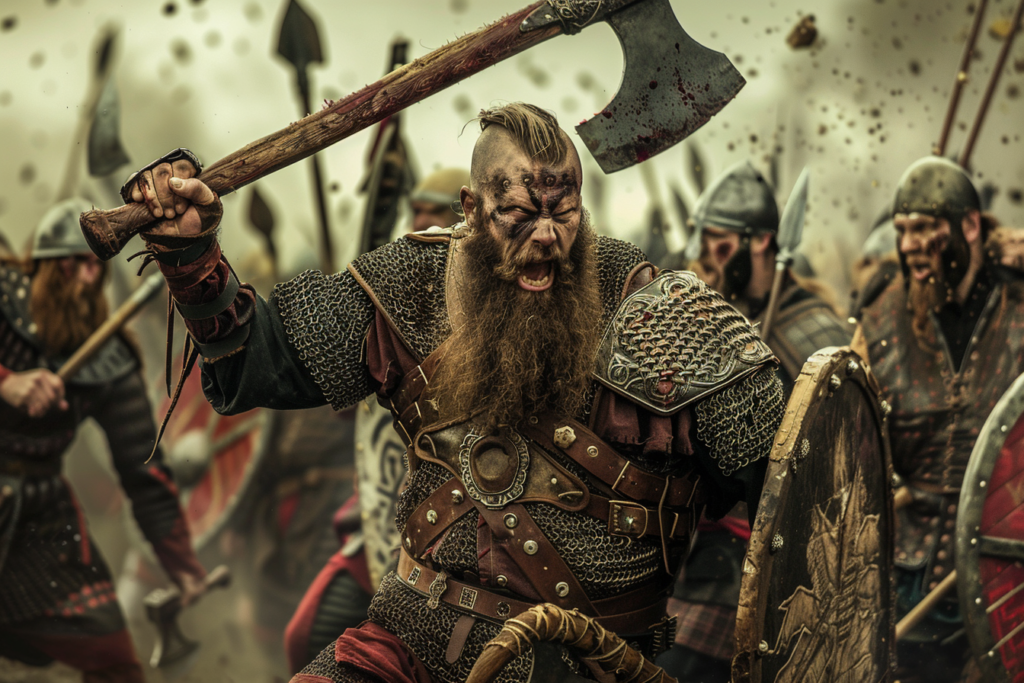
The Battle Unfolds
On September 25, 1066, the Battle of Stamford Bridge took place, marking the end of the Viking Age in England.
The battle was fought between the invading Norwegian army led by Harald Hardrada and the English army led by King Harold Godwinson.
The battle was fought near the village of Stamford Bridge, which is located in Yorkshire, England.
The battle was intense, with both sides fighting fiercely.
The Norwegian army was able to cross the River Derwent and form a shield wall on the other side.
The English army, however, was able to break through the shield wall and engage the Norwegian army in hand-to-hand combat.
Key Figures and Tactics
The key figures in the battle were Harald Hardrada, Tostig Godwinson, and King Harold Godwinson.
Harald Hardrada was a legendary Viking king who had fought in many battles throughout his life.
Tostig Godwinson was the brother of King Harold Godwinson, and he had joined forces with Harald Hardrada to try and overthrow his brother.
The tactics used in the battle were typical of the time period.
Both armies formed shield walls and engaged in hand-to-hand combat.
The English army was able to break through the Norwegian shield wall and engage the Norwegian army in close combat.
The Fall of a Legend
The battle ended in victory for the English army, and Harald Hardrada was killed in the battle.
Tostig Godwinson was also killed in the battle, and the Norwegian army suffered heavy losses.
The English army was able to capture many hostages, and they were able to secure their hold on the throne.
Aftermath and Legacy
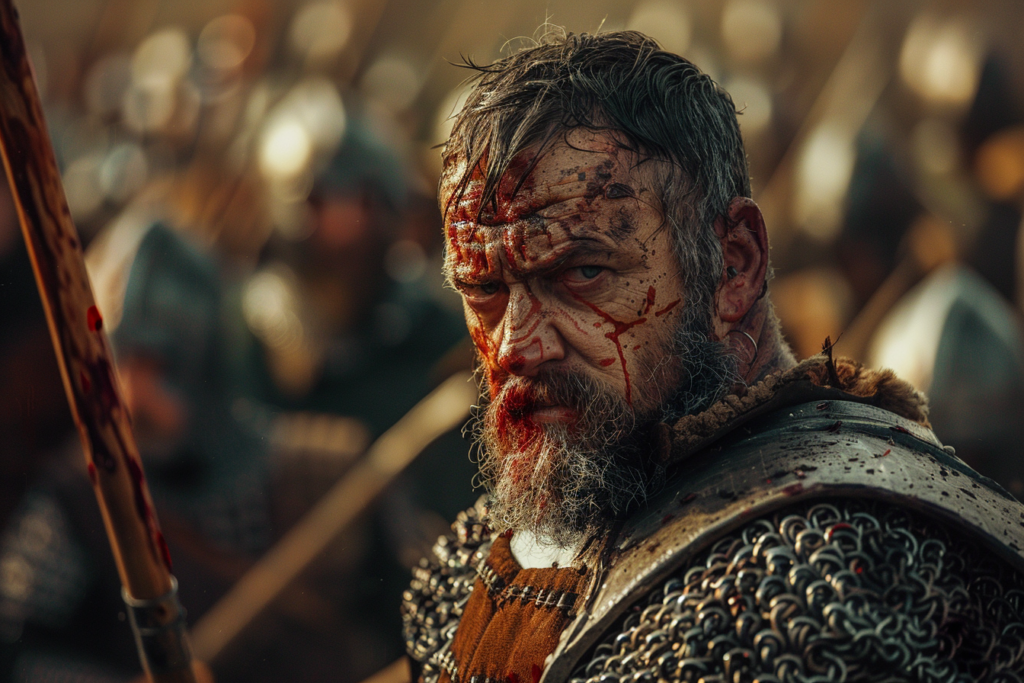
The Impact on England and Norway
The Battle of Stamford Bridge was a turning point in the history of England and Norway.
Harald Hardrada’s defeat ended the Viking Age in England and marked the beginning of the Norman Conquest.
The battle also had a profound impact on Norway, as it led to a power struggle for the throne of Norway that lasted for several years.
King Harold Godwinson’s victory over Harald Hardrada’s army weakened his forces, leaving them vulnerable to the invading Normans.
Just a few days after the Battle of Stamford Bridge, King Harold Godwinson was killed in the Battle of Hastings, which marked the end of the Anglo-Saxon reign in England.
The Legend in History and Culture
Harald Hardrada’s legacy lives on in history and culture. He is remembered as the last great Viking king and the “Thunderbolt of the North.”
His reign was marked by military conquests. He had campaigns in the Byzantine Empire and battles against Arab forces in Sicily.
In literature, Harald Hardrada is featured prominently in the Heimskringla saga, which chronicles the history of the Norwegian kings. He is also the subject of numerous works of fiction, including novels and films.
Harald Hardrada’s death at Stamford Bridge is often portrayed as a heroic last stand. The king fought to the death surrounded by his loyal warriors.
The legend of Harald Hardrada and his berserker warriors has inspired generations of Norwegians and Vikings enthusiasts.
Overall, Harald Hardrada’s legacy is one of a fearless warrior and a skilled military strategist. His impact on history cannot be overstated, as his campaigns and battles helped shape the course of European history.

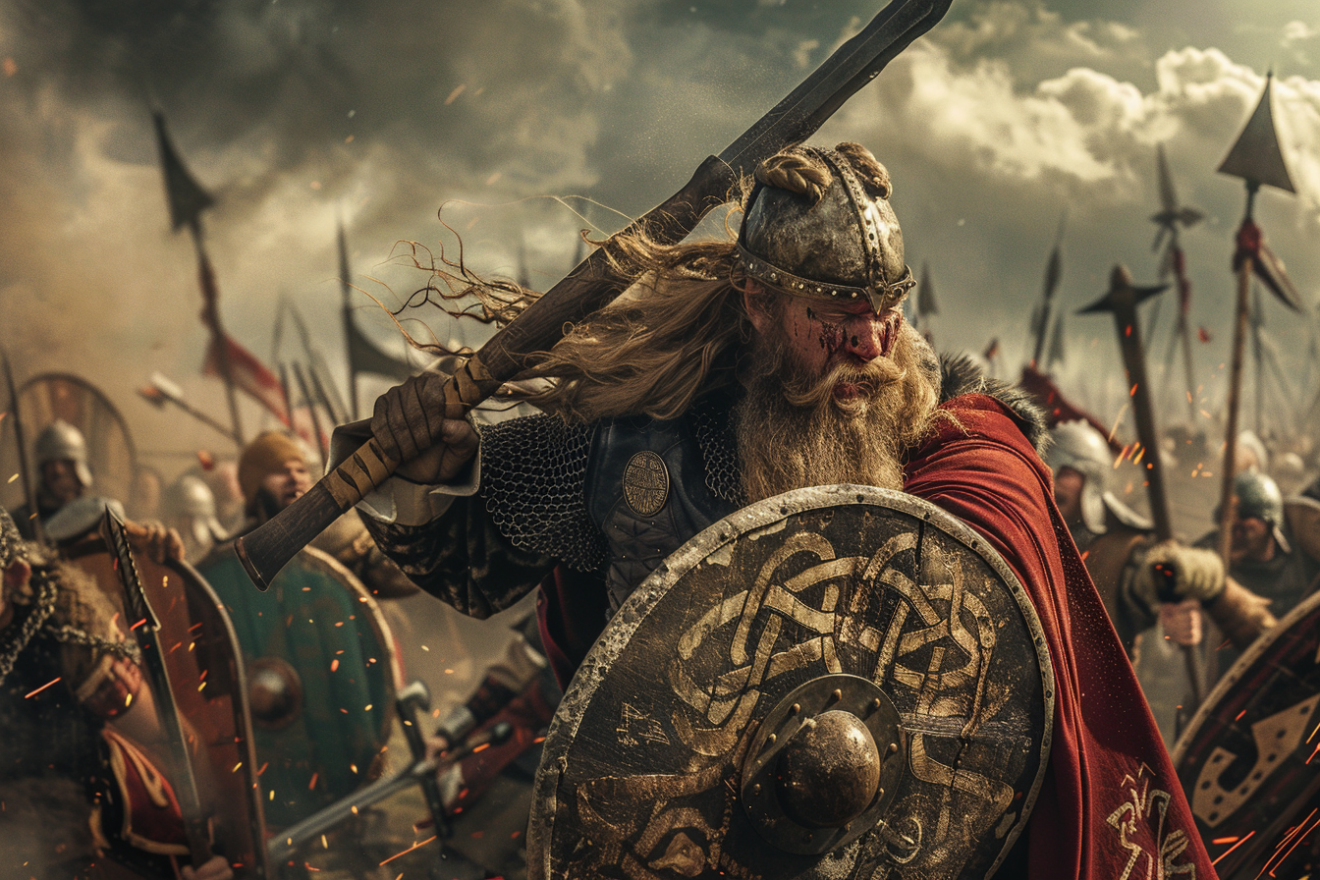
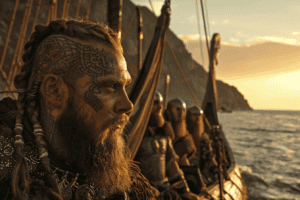

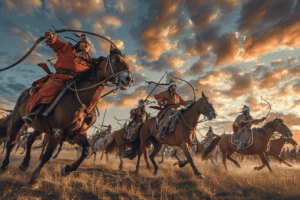





Add Comment